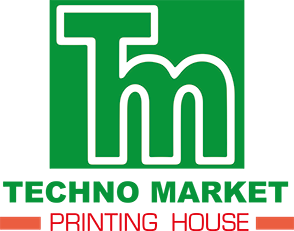Data communication is the transmission of information using networks. This could be a wired medium such as copper wires or optical fibers or a wireless medium, such as radio waves or microwaves, or even a computer bus. The electromagnetic signal used to transfer data can change in frequency or speed.
Transmission of information over long distances is the most challenging part of data communications. Signals traveling over long conductors are affected by electrical distortion or noise, which can corrupt the original data.
Error detection is a key component of successful data communication. This is done by adding a number of checksums to the data packets which compose a transmission and then comparing the result to all the packets at the destination. If the sum is zero, there are no errors in the data transmission.
It is important to maintain a high data transmission rate to ensure an accurate and reliable transmission. This can be achieved by ensuring that the data is transferred over an area that is free from interference or by sending redundant information to prevent loss due interruptions in the moment.
Effective data communication is essential for a variety of applications, including chat, traffic information files, chat and other Internet-based services. For example, traffic data provides real-time estimates of traffic drivers and passengers in vehicles on roads, which could assist them in making better informed decisions about their journey.
